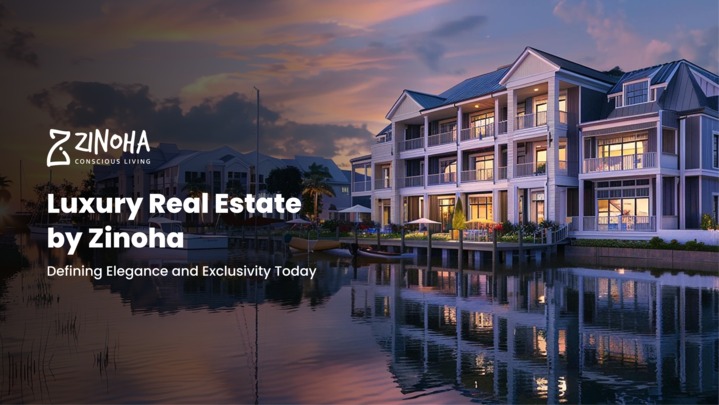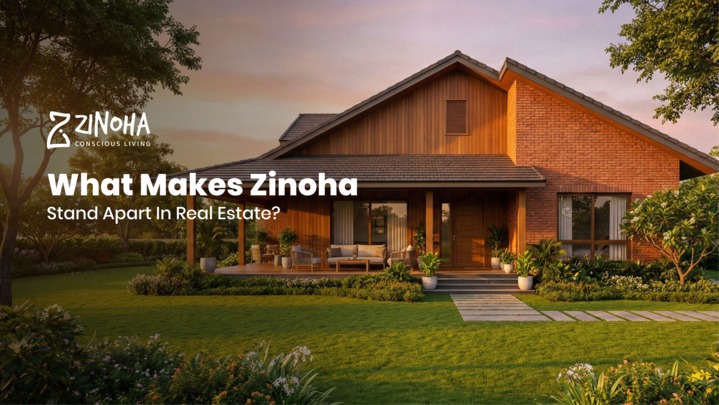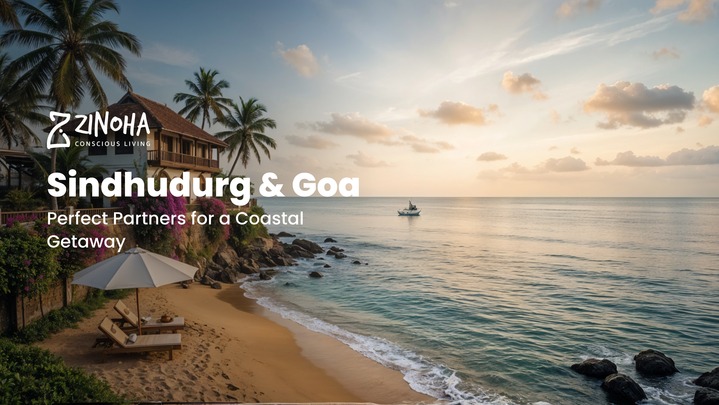Unearthing the Hidden Gems of Sindhudurg
Rooted in rhythm, rich in presence, Sindhudurg offers more than a view. It offers a way to live. Tucked along Maharashtra’s Konkan coastline, it offers what Goa once quietly promised, coastal living that’s calm, connected, and culturally rich. This isn’t a place of rushed plans. It’s a region where each day unfolds with purpose. In Sindhudurg, daily life doesn’t chase outcomes. It flows with intention. You feel it in the way mornings unfold, in conversations that pause instead of push forward. There’s a balance here between nature and nurture, simplicity and depth. It’s not about going back in time. It’s about being gently shaped by it. Here, it’s common to see modern life coexist with familiar routines. Smartphones rest on stone verandas. Quiet chai breaks unfold beside a wifi-connected workspace. The past doesn’t compete with the present. It softens it.
A Fort That Still Holds Presence
Built in the 17th century by Chhatrapati Shivaji Maharaj, the Sindhudurg Fort was designed to strengthen coastal defense and protect maritime routes. Located just off the shore of Malvan, it stands firm in the Arabian Sea with its stone walls and hidden pathways still reflecting the precision and planning behind its construction. It’s more than a monument. It’s a living reminder of resilience, precision, and how lasting impact is often quietly made. From its walls, the sea doesn’t feel vast. It feels like a part of something greater you begin to sense just by being there. You don’t just visit it. You carry its stillness with you. Nearby, conversations often circle back to the fort, not as history, but as part of daily life. Locals use it as a landmark, a compass, a shared point of reference. It holds not just place but memory and each visit reveals something new, even if nothing has changed.
The River Moves at Its Own Pace
The Karli River begins in the Western Ghats and meets the Arabian Sea near Devbagh. It’s one of the region’s main water routes, vital to local agriculture, fishing, and daily transport. It moves with quiet certainty. It flows steadily past coconut groves and quiet villages and leaves its surface almost untouched. Mornings begin with the glide of wooden boats and the slow lifting of mist. No one rushes here. Fishermen move by instinct, not instruction. Life by the Karli follows a pace shaped by the water, steady, unspoken, and deeply felt. Some places shape how you move through a day. Others bring back a way of living you thought you’d forgotten. The Karli does both, quietly.
Pottery as a Way of Life
Kudal and Sawantwadi, two towns in Sindhudurg district, have long-standing pottery traditions. Craftspeople here still follow seasonal rhythms, collecting clay after monsoon rains and working in open courtyards. The wheels turn slowly. Pots are made for homes, not for show. There’s no rush to perfect the form. The hands working the clay aren’t looking to impress. They’re continuing a way of working that holds memory and meaning — steady, familiar, and unchanged. The process reflects a way of living that values time. Not just time saved, but time spent.
Life That Moves Without a Hurry
The villages here don’t entertain. They host. Evenings arrive with shared sweets, a child’s laughter echoing down a lane, and smoke curling from kitchens before sunrise. The days don’t demand structure. They follow the cycles of light, seasons, harvests and community. There’s no performance here. Just belonging.
A Home Along the Coastline
Zinoha takes shape within this setting. Its presence is not a statement. It continues something older. A way to live where tradition is not frozen in time but gently folded into daily life. Here, surroundings shape how you live. From how homes are placed to how open spaces flow, nothing feels imposed. Everything has its place. If you’ve ever felt the need to slow down or return to something steadier, you may not need to escape. You may only need to arrive. Find a place where quiet living feels like a return to something real.


